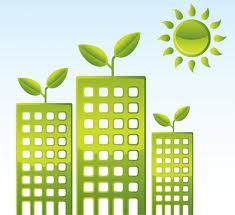 Green building is growing fast in the US, and may represent more than half of all commercial and institutional construction as soon as 2016.
Green building is growing fast in the US, and may represent more than half of all commercial and institutional construction as soon as 2016.
A new report from the US Green Building Council (USGBC), “LEED in Motion: People and Progress,” details green building’s exponential growth and outlines both the value of the industry and its reach into American lives.
The report is the first of three LEED in Motion summaries planned for release in 2013, and it reveals yet another key indictor that sustainability can be as much an economic boost as an environmental one.

